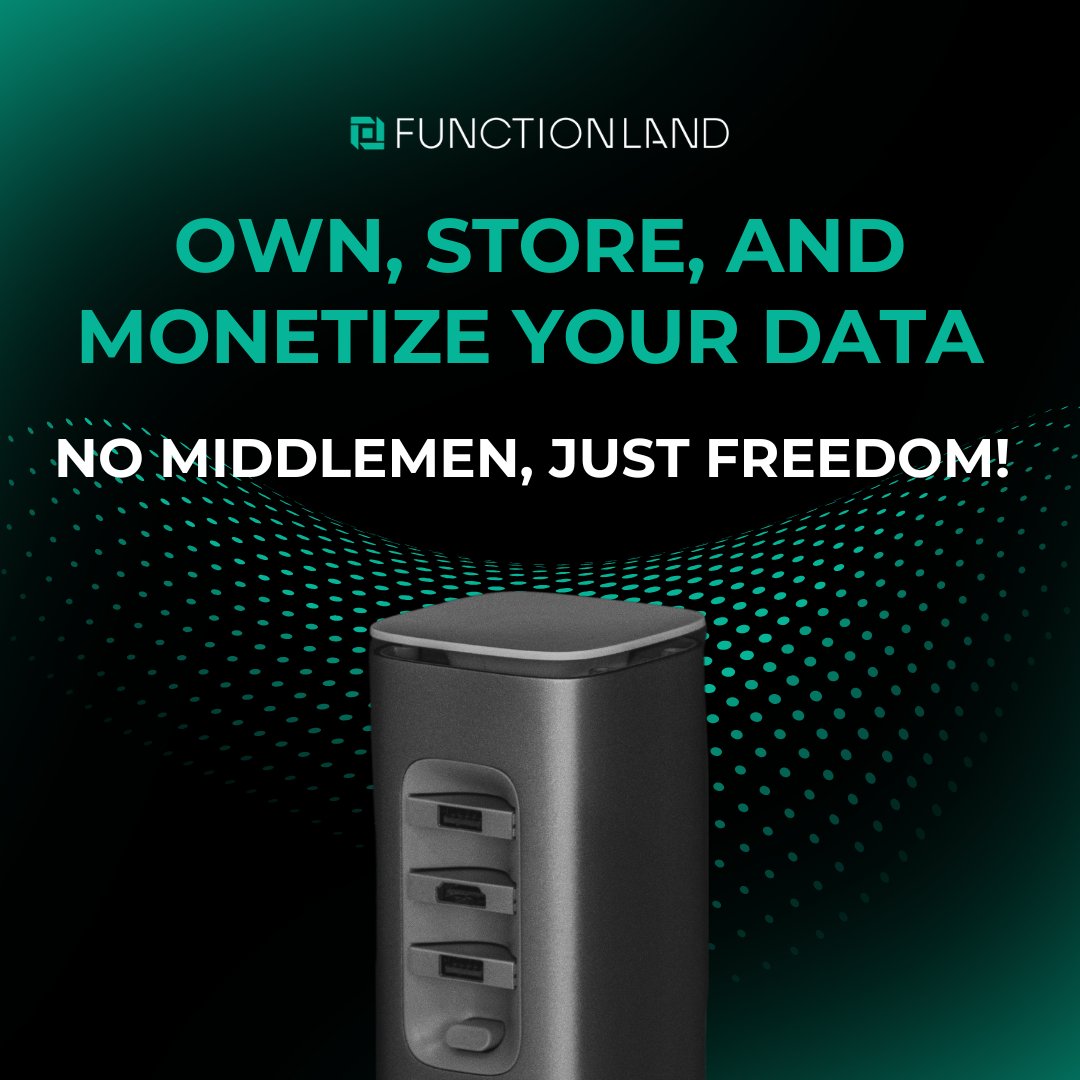Anna Kazlauskas: Data Ownership in the Age of AI
You’re swimming in data. You’re creating new data every day. If your health app counts your steps? That’s new data. The Oura ring that’s tracking your bio-metrics? Valuable data. Your social media posts, even the stupid jokes that got zero likes? More data. This is all data that AI companies would love to harvest. You can’t build good AI without good data, which is why many view data as the “new oil’ in the race for AI. The problem, though, is that while your data is valuable in theory, the reality is that it’s hard to monetize your own personal data, as you have no leverage as an individual. (Open AI isn’t knocking at your door to buy your old tweets.)
Enter Vana. “I think data is this fundamental resource powering the next generation of AI, and really the next generation of our digital economy,” says Anna Kazlauskas, co-founder of Vana and CEO of Open Data Labs. “A lot of people frankly just don't realize that they actually own their data.”

But you do own your data. And it’s valuable… if you can somehow join forces with millions of others who also own their data. This would give you bargaining power. And that’s the mission of Vana: To create an ecosystem for user-owned data, which in turn fuels user-owned AI.
The Vision of Data Ownership
That ecosystem involves a mix of Data DAOs (a “labor union” for data), decentralized data marketplaces, the recently launched VRC-20 token, and a new collaboration with Flower Labs to build the world’s first user-owned foundational model. (Exhibit A that Decentralized AI is creeping into the mainstream: The Vana/Flower collaboration was covered by WIRED.)
Kazlauskas will give a keynote at the AI Summit at Consensus 2025 outlining this vision, and she gives a glimpse here. And she sees the momentum shifting. “We're already starting to see this shift where more people realize that, ‘My data is really important to AI’ and ‘I’m actually the owner of that.’” She predicts that in a few years, over 100 million users will be onboard. In 10 years? “World population. Above 10 billion.”
Restoring Data Ownership
“Most people assume data is owned by the platforms that it's sitting on, but that's not the case. In the same way that when you put your car in a parking lot, the parking lot doesn't own your car. You can always take it back. You have full ownership over it,” explains Kazlauskas.
She emphasizes the importance of restoring data ownership from both a user and developer perspective. For developers, especially in an AI world, access to the right data is crucial. Currently, much of the data is locked within the walled gardens of big tech, making it challenging for developers to innovate.

The Role of Data DAOs
So a DataDAO is kind of like a labor union for data. Where basically you have a large group of people who pool their data together, and then can make collective decisions over what happens to that data. Your data, on its own, is not that useful, but when combined with others in a Data DAO, it becomes a valuable resource for training AI models.

Exciting Data DAO initiatives are emerging in various sectors, particularly in health and biometrics, contributing to advancing research and innovation.
Empowering Users with COLLECTIVE-1
COLLECTIVE-1, the first user-owned foundation model developed through a collaboration between Vana and Flower Labs, aims to empower users by providing ownership of the model. By leveraging decentralized training methods, users can have control over the model’s functionalities and contribute to building better AI systems.
This shift towards user-owned data not only aligns with ideological principles but also focuses on enhancing AI performance through better data sets that cut across platforms.



















